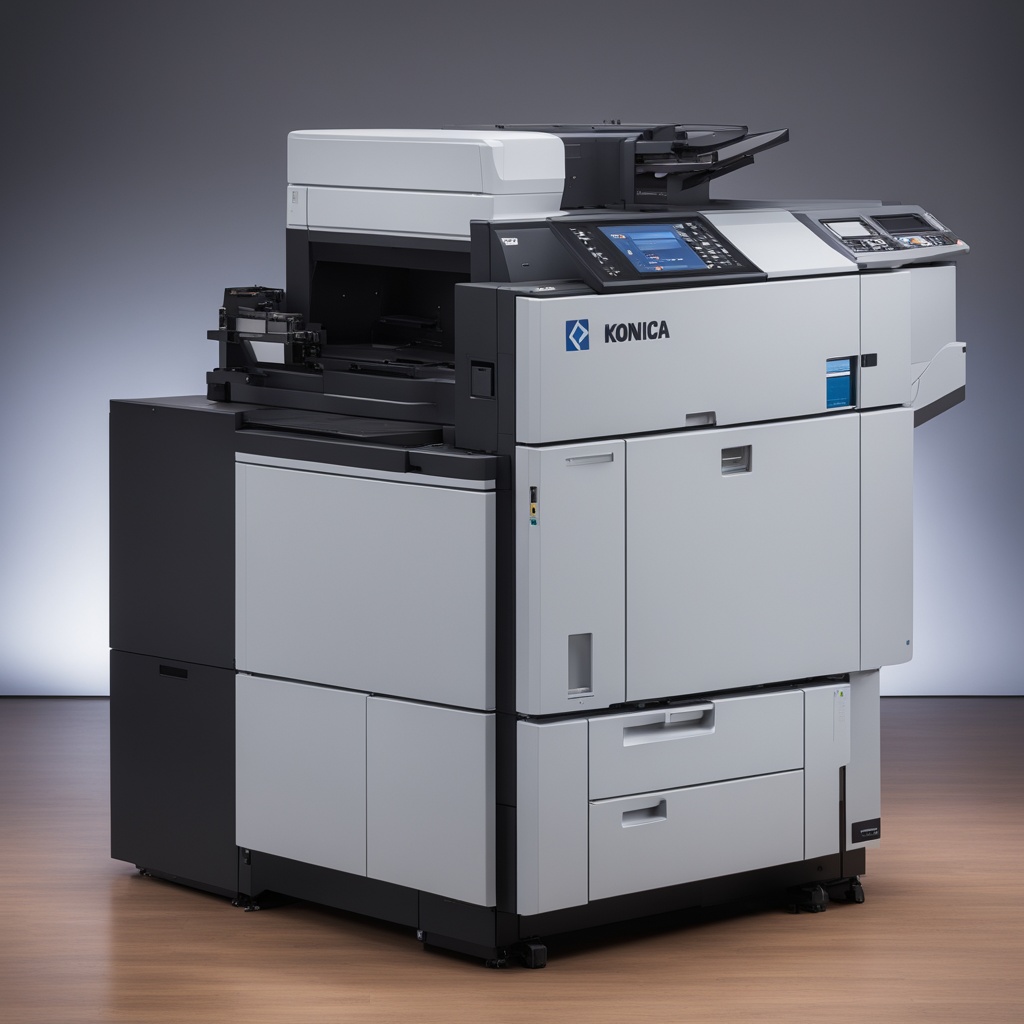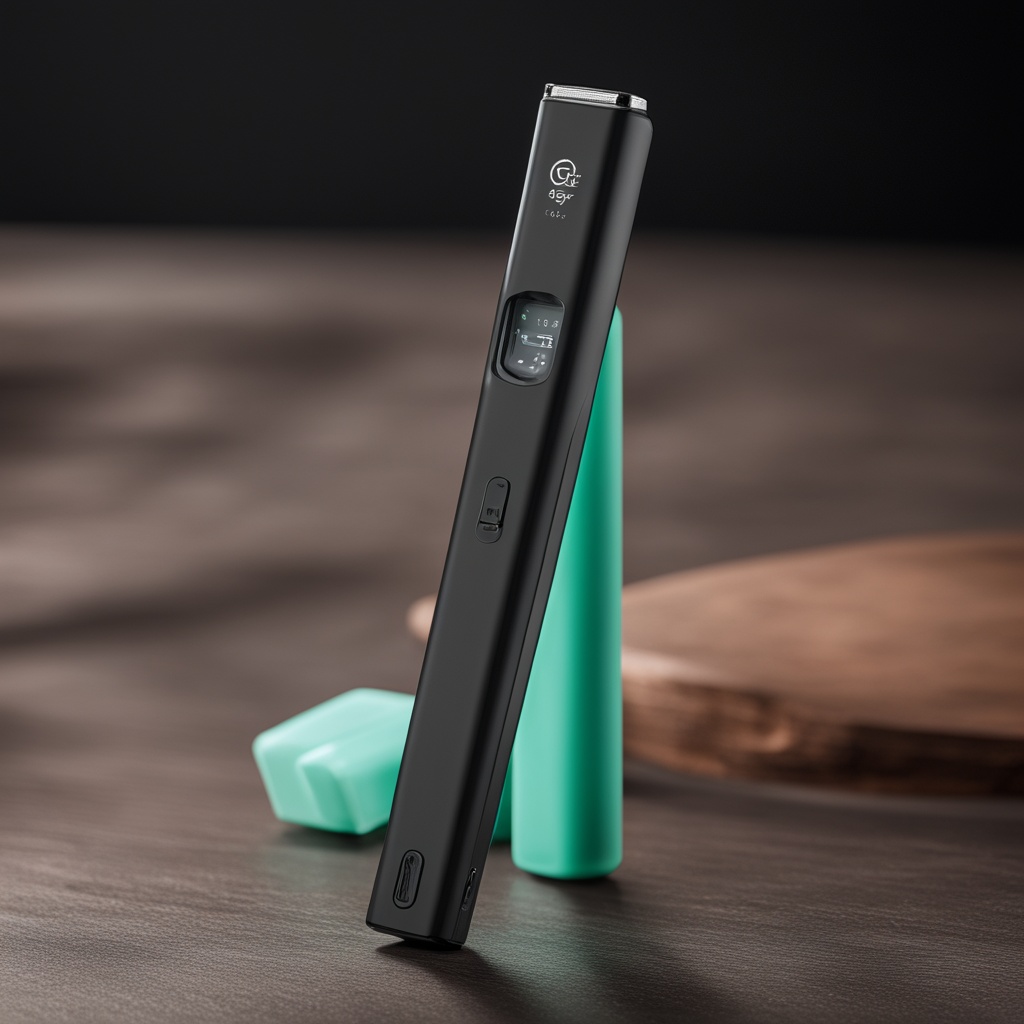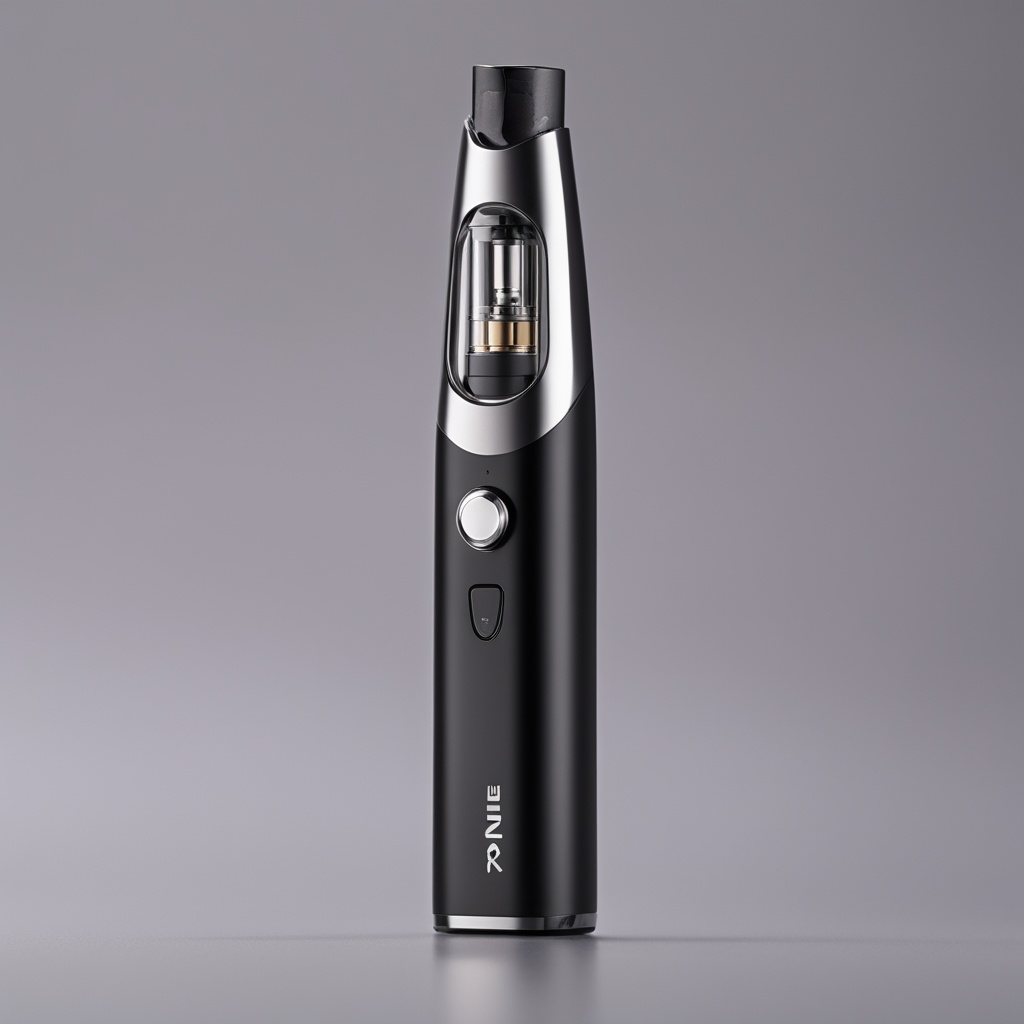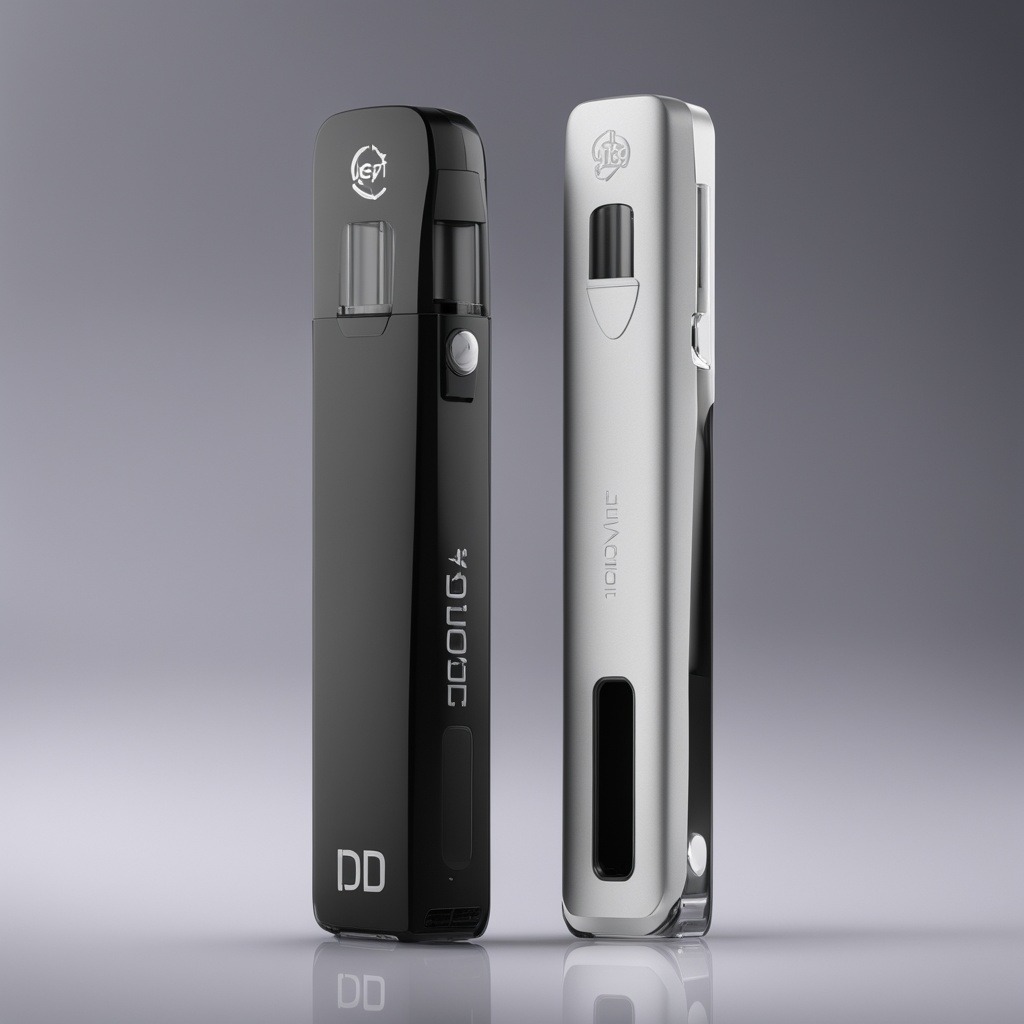
The Ultimate Guide to Rechargeable Vapes: Understanding E-Cigarettes
Rechargeable vapes have revolutionized the way people consume nicotine. With their convenience, portability, and variety of options, they’ve become a popular alternative to traditional cigarettes. But what exactly are rechargeable vapes, and how do they work? This article will explore everything you need to know about rechargeable vapes, from their benefits to their maintenance.
What Are Rechargeable Vapes?
Rechargeable vapes, also known as e-cigarettes, are electronic devices that simulate the act of smoking by producing vaporized nicotine. Unlike traditional cigarettes, they don’t produce harmful tar or carbon monoxide, making them a safer alternative for smokers looking to quit or reduce their intake. These devices are powered by batteries that can be recharged multiple times, eliminating the need for disposable products.
Rechargeable vapes come in various shapes and sizes, from sleek pens to larger devices like mods. They typically consist of three main components: a battery, an atomizer or coil, and a cartridge or tank for holding e-liquid. The battery powers the device, while the atomizer heats up the e-liquid to produce vapor. This design allows users to customize their experience by adjusting settings such as voltage, wattage, and nicotine levels.
How Do Rechargeable Vapes Work?
To understand how rechargeable vapes work, let’s break down the process:
- The battery provides power to the device.
- The atomizer or coil heats up the e-liquid inside the cartridge or tank.
- The heated e-liquid turns into vapor, which is inhaled by the user.
- Exhaled vapor dissipates quickly, leaving behind a pleasant aroma without the lingering smell of smoke.
This process is far less harmful than smoking traditional cigarettes, as it avoids burning tobacco and producing toxic chemicals. However, it’s important to note that e-liquids can still contain nicotine, which is addictive. Users should always choose products with appropriate nicotine levels and use them responsibly.
Advantages of Rechargeable Vapes Over Disposable E-Cigarettes
Rechargeable vapes offer several advantages over disposable e-cigarettes:
- Cost-Effective: While the initial investment may be higher, rechargeable devices save money in the long run as they can be reused multiple times. Disposable e-cigarettes require constant repurchasing, leading to higher expenses over time.
- Customizable: Users can adjust settings such as voltage and nicotine strength to suit their preferences. This flexibility makes rechargeable vapes ideal for both new and experienced users.
- Environmentally Friendly: Rechargeable devices reduce waste compared to disposable e-cigarettes, which contribute to environmental pollution.
These benefits make rechargeable vapes a sustainable and practical choice for smokers looking to transition away from traditional cigarettes.
Maintenance and Care of Rechargeable Vapes
Proper maintenance is essential to ensure the longevity and optimal performance of your rechargeable vape. Here are some tips:
- Clean Your Device Regularly: Over time, residue from e-liquids can accumulate inside the device, affecting its performance. Cleaning the tank, coil, and mouthpiece regularly will help maintain its efficiency.
- Charge Safely: Always use the charger provided with your device to avoid damaging the battery. Avoid charging your vape overnight or leaving it unattended for extended periods.
- Replace Coils When Necessary: The coil is a critical component of your vape, and over time, it can become clogged or burnt out. Replacing it when needed will ensure a smooth vaping experience.
By following these maintenance tips, you can extend the life of your device and enjoy a consistent vaping experience.
Safety Tips for Using Rechargeable Vapes
While rechargeable vapes are generally safe, it’s important to use them responsibly. Here are some safety tips:
- Avoid Overcharging: Overcharging your device can damage the battery and potentially cause a fire hazard. Always monitor the charging process and unplug your vape once it’s fully charged.
- Store Properly: Keep your vape in a cool, dry place away from direct sunlight and extreme temperatures. This will help preserve its components and prevent accidental activation.
- Use High-Quality E-Liquids: Opt for reputable brands that use safe ingredients to avoid any potential health risks associated with low-quality e-liquids.
By adhering to these safety guidelines, you can enjoy the benefits of vaping while minimizing any potential risks.
Frequently Asked Questions About Rechargeable Vapes
1. Are rechargeable vapes safe?
Yes, when used correctly and with high-quality products, rechargeable vapes are considered safer than traditional cigarettes. However, they still contain nicotine, which is addictive.
2.
How long does a battery last?
Battery life depends on the device’s capacity and usage frequency. On average, a full charge can last anywhere from 2 to 12 hours of continuous use.
3. Can I customize my vaping experience?
Absolutely! Many rechargeable vapes allow users to adjust settings such as voltage, wattage, and nicotine strength to create a personalized vaping experience.
Conclusion
Rechargeable vapes have transformed the way people consume nicotine, offering a safer and more sustainable alternative to traditional cigarettes. Their convenience, customization options, and environmental benefits make them an attractive choice for smokers worldwide. However, it’s important to use these devices responsibly, follow safety guidelines, and maintain them properly to ensure optimal performance.
If you’re considering switching to rechargeable vapes, take the time to research different models and brands to find the one that best suits your needs. Remember, vaping is a personal choice, and what works for one person may not work for another. By staying informed and making responsible decisions, you can enjoy the benefits of vaping while minimizing any potential risks.






